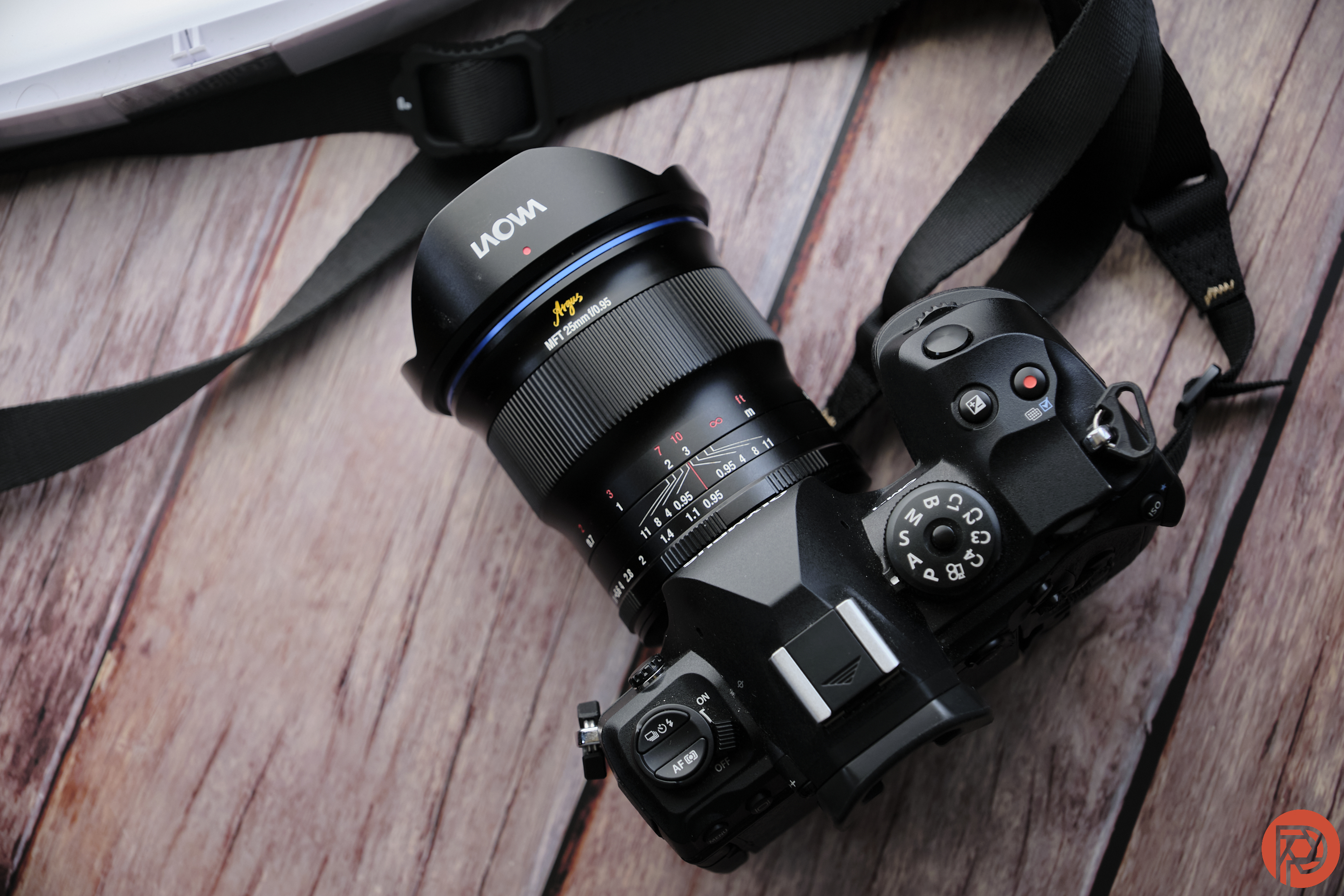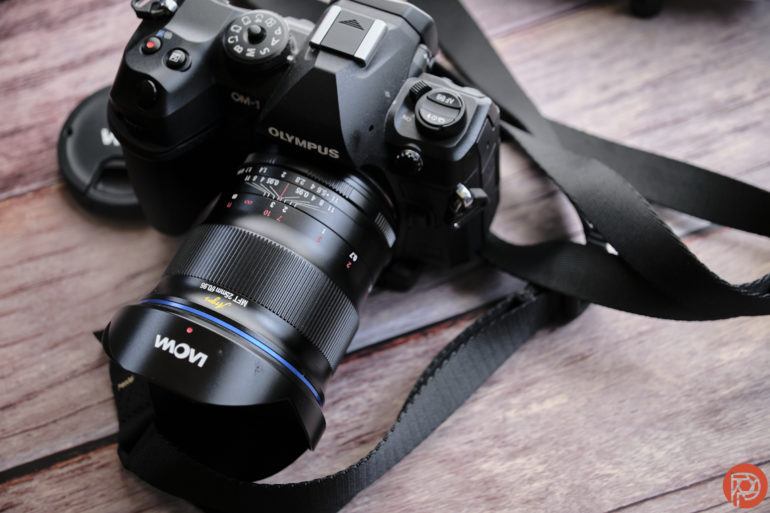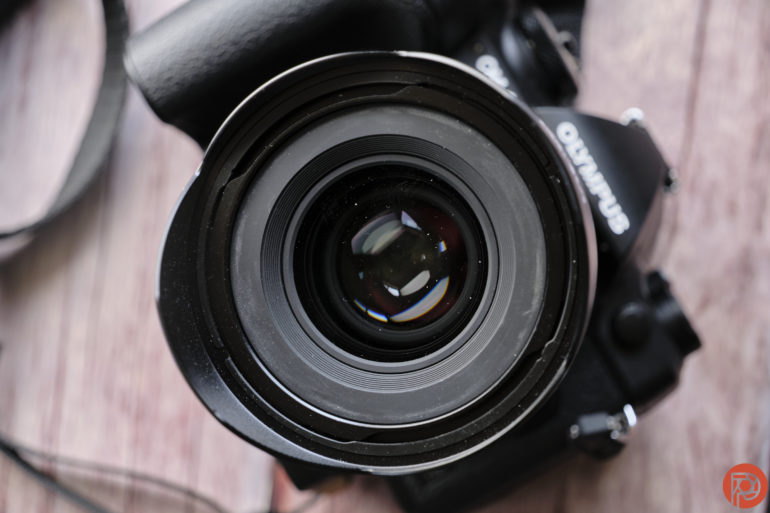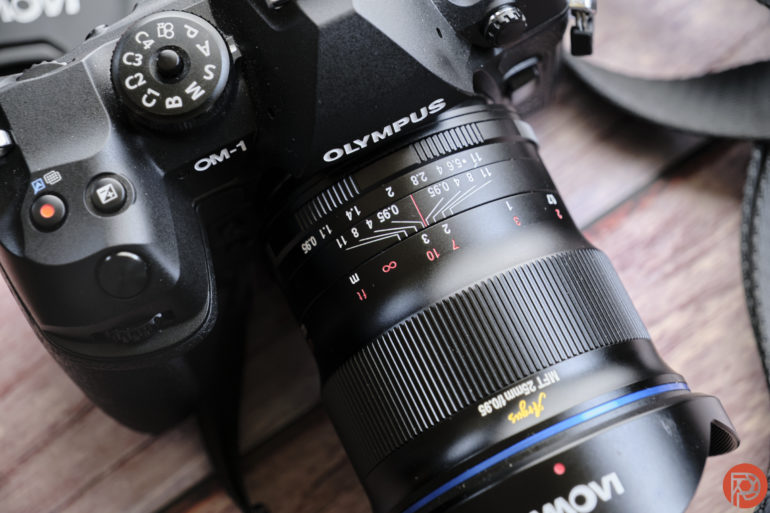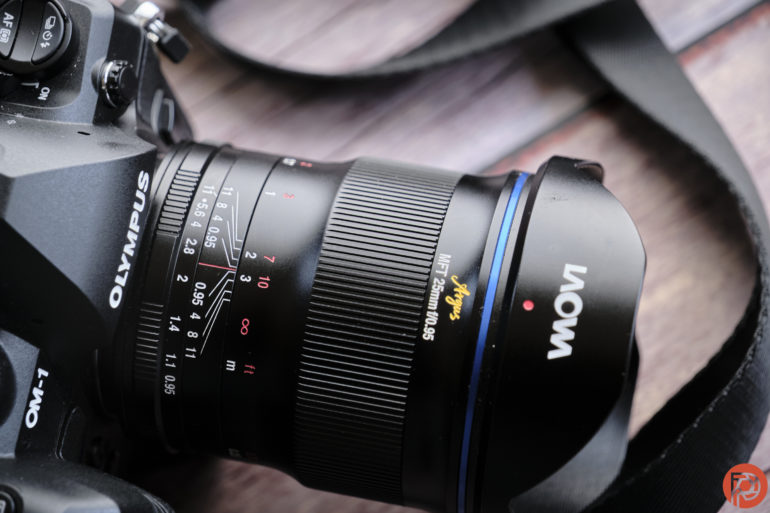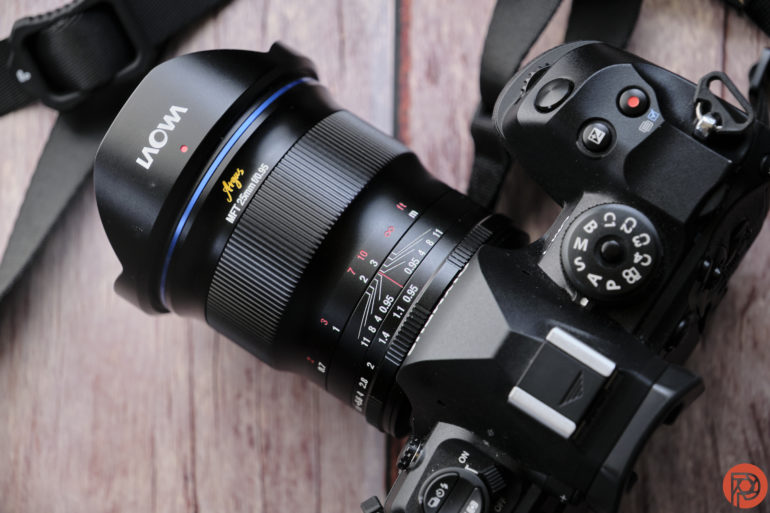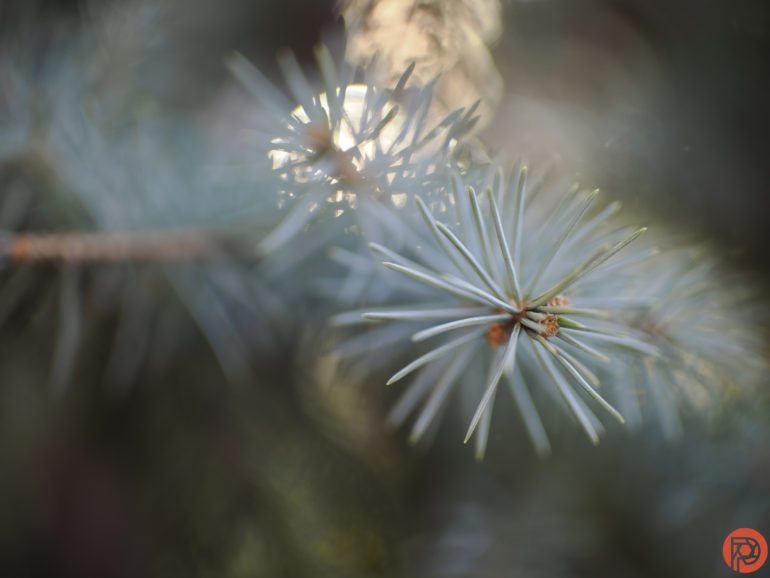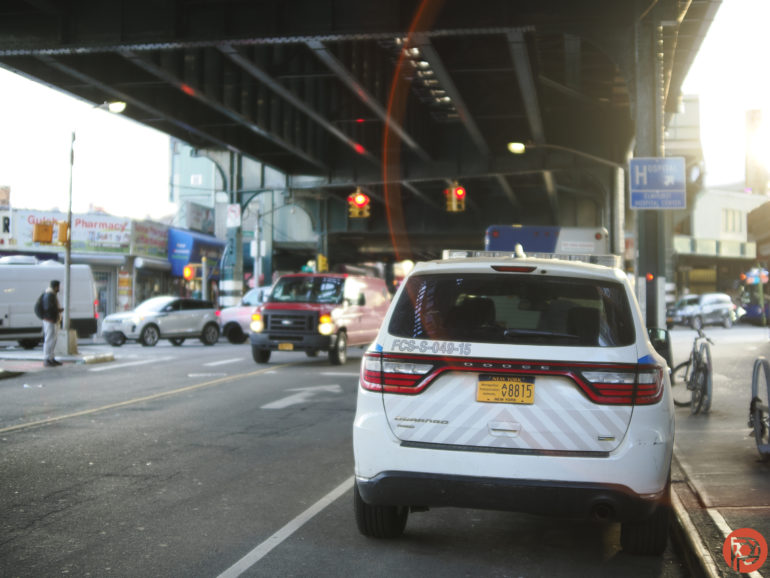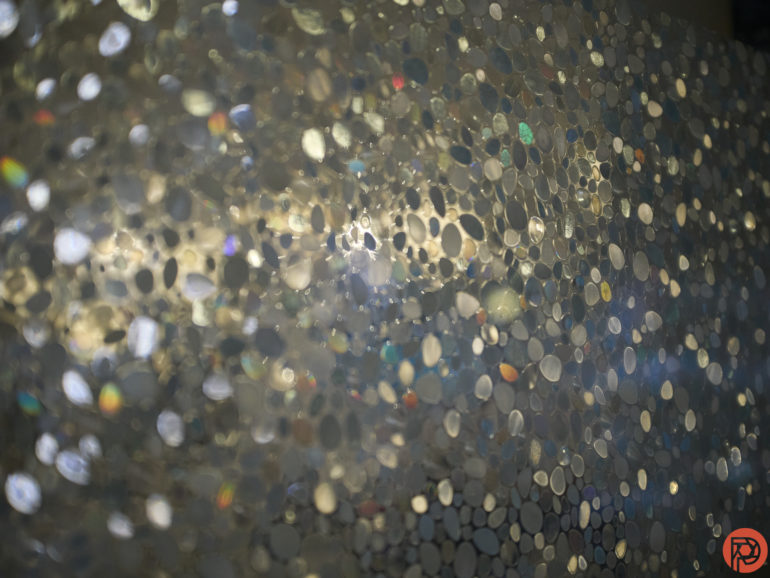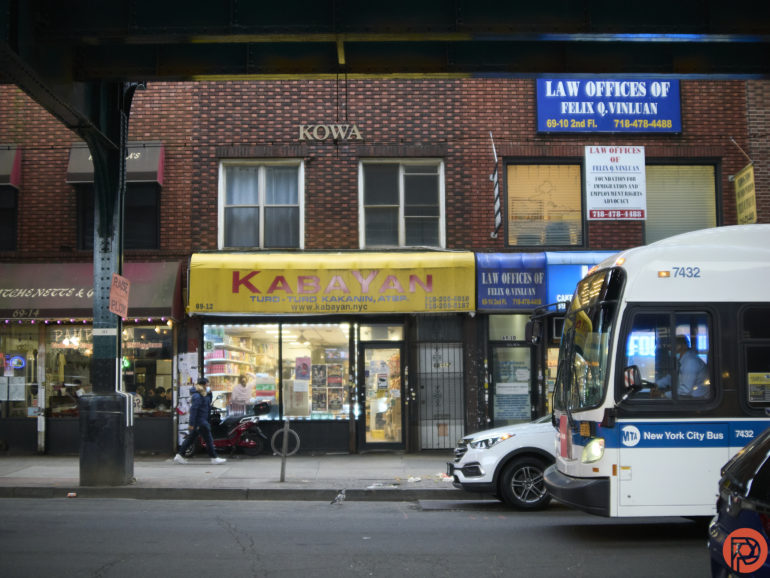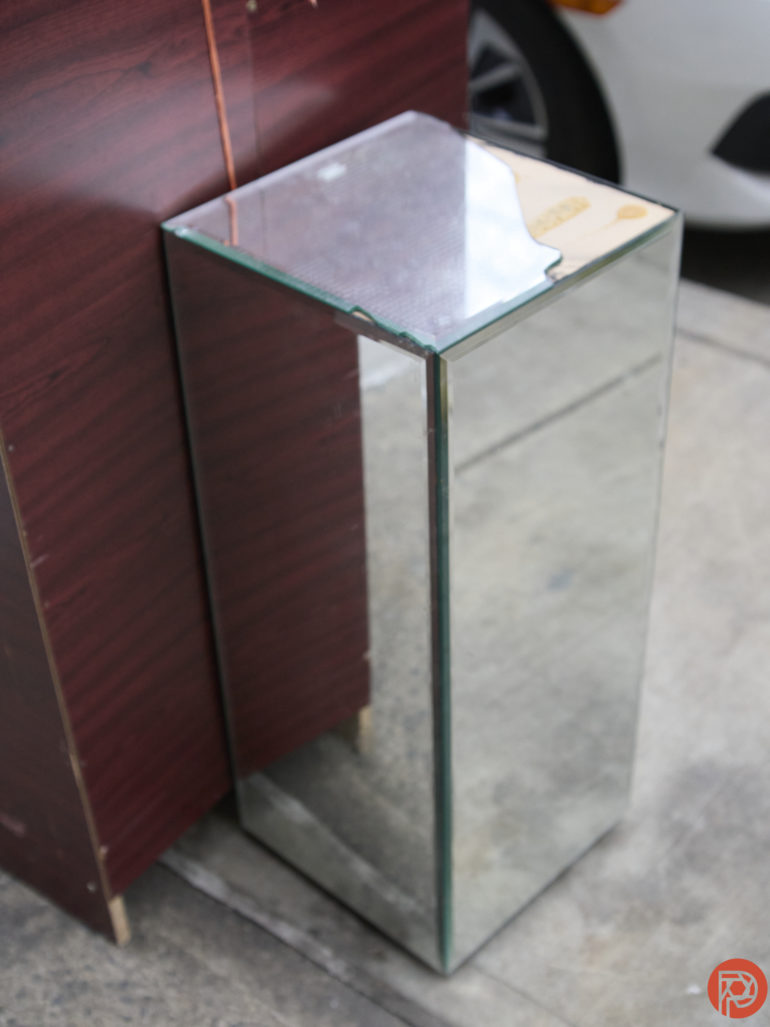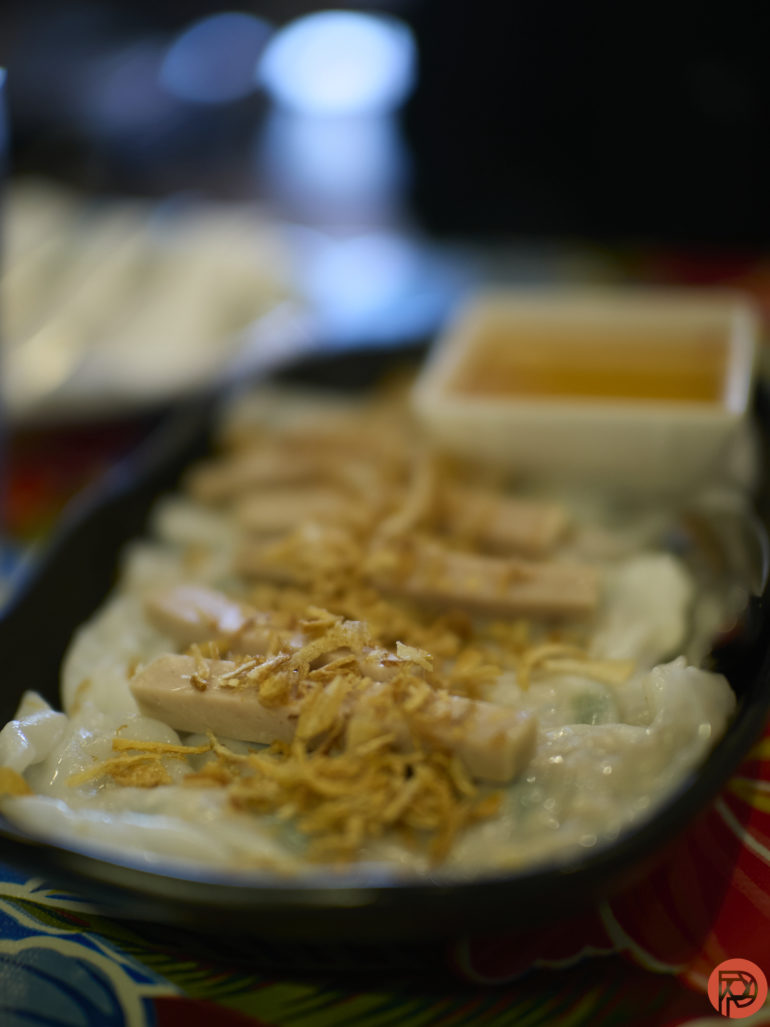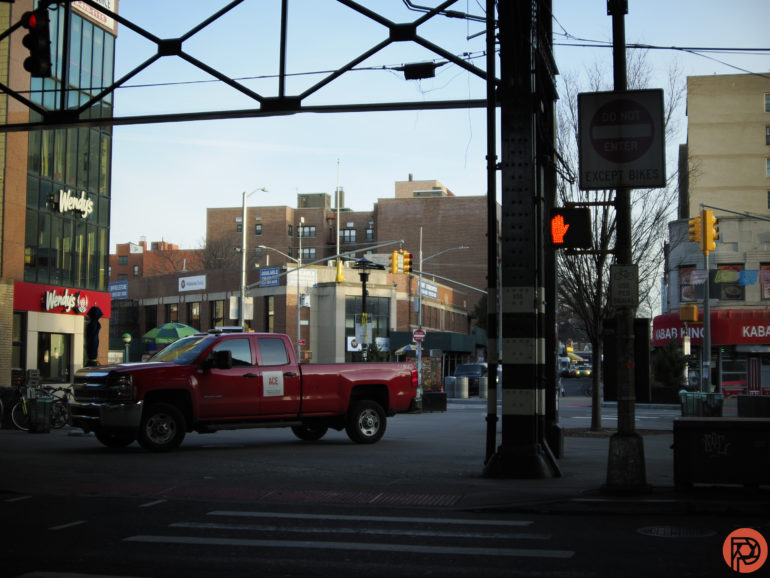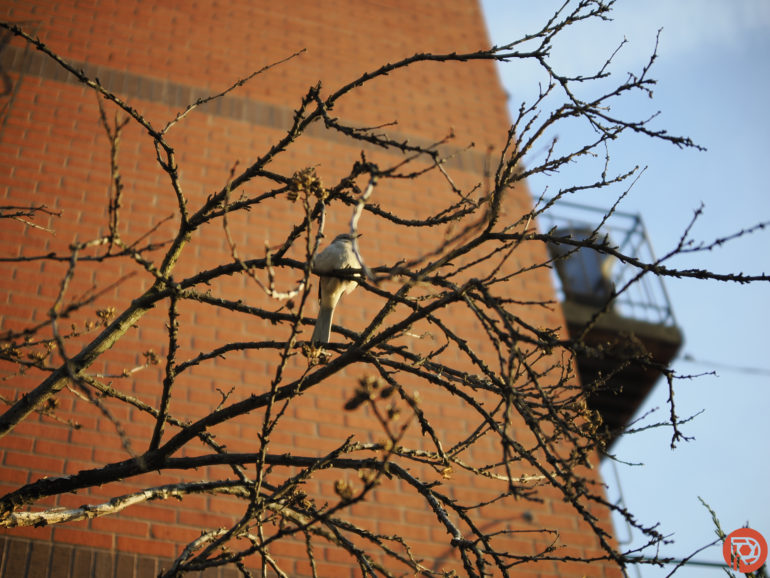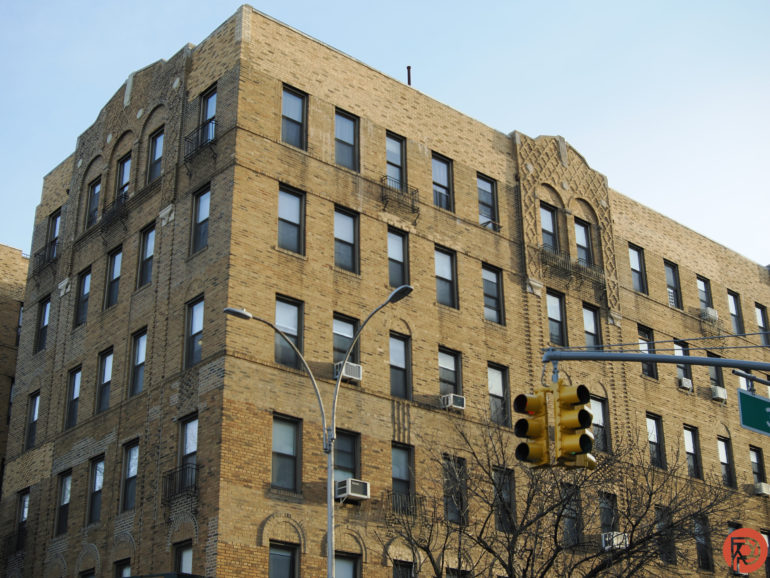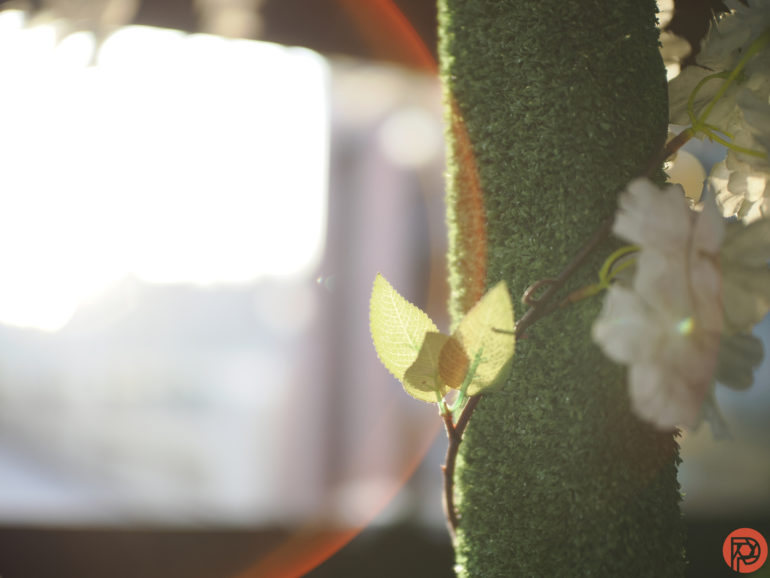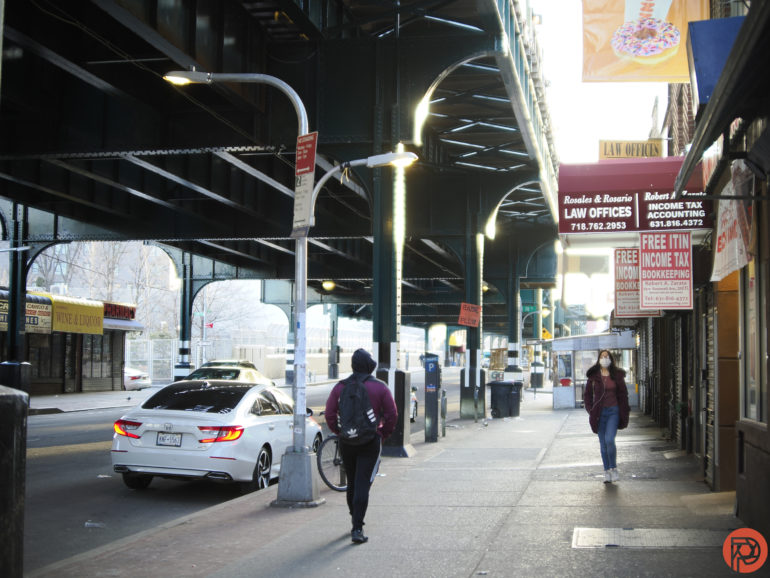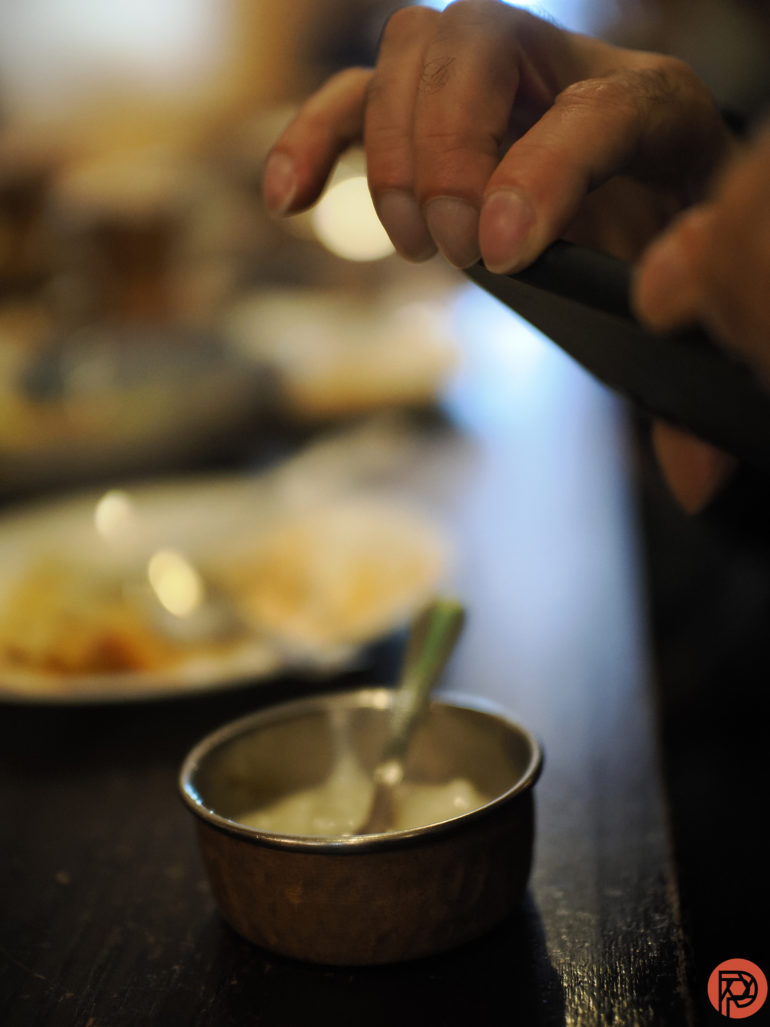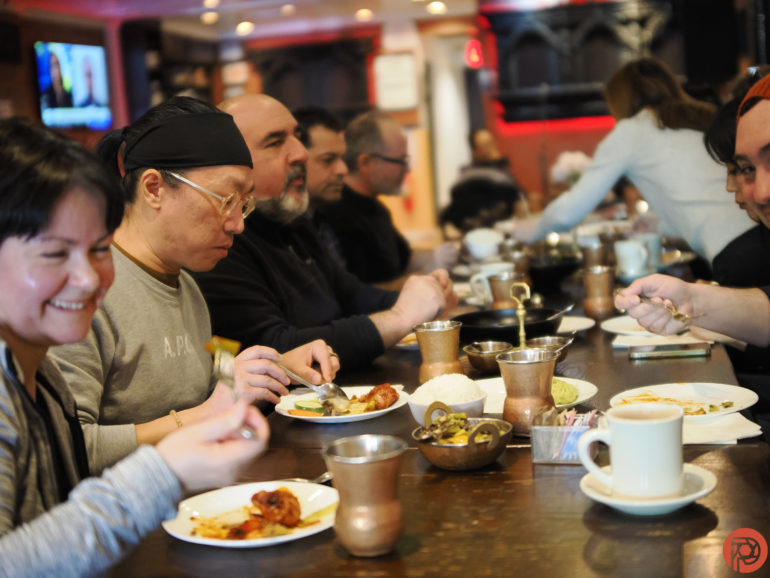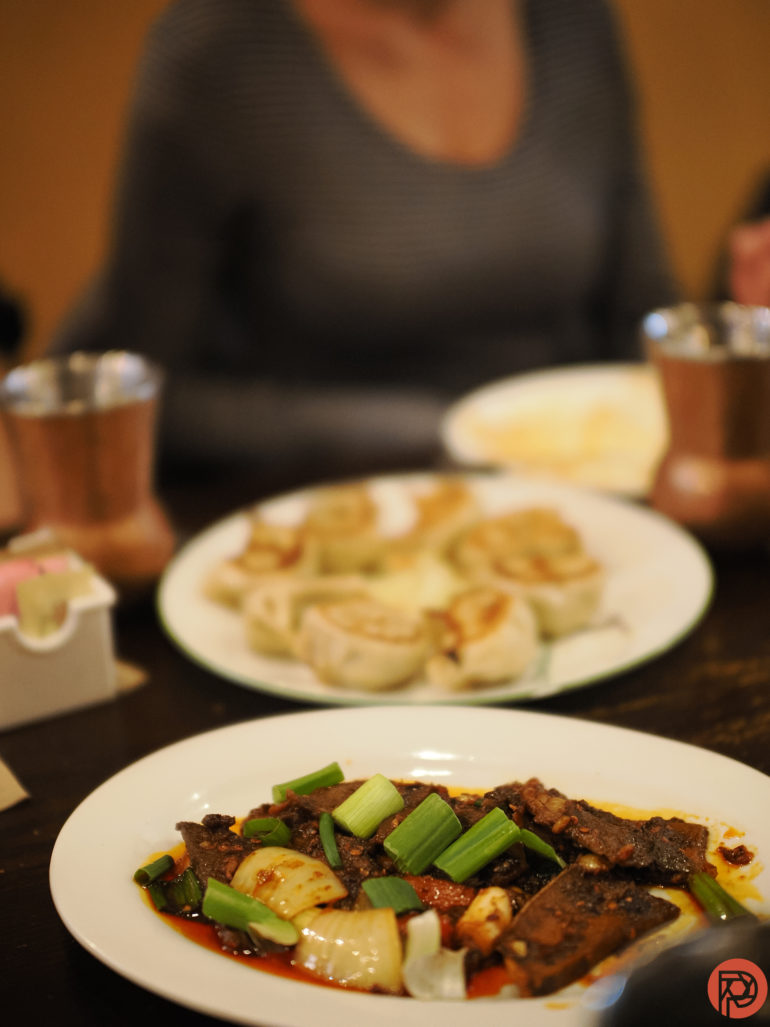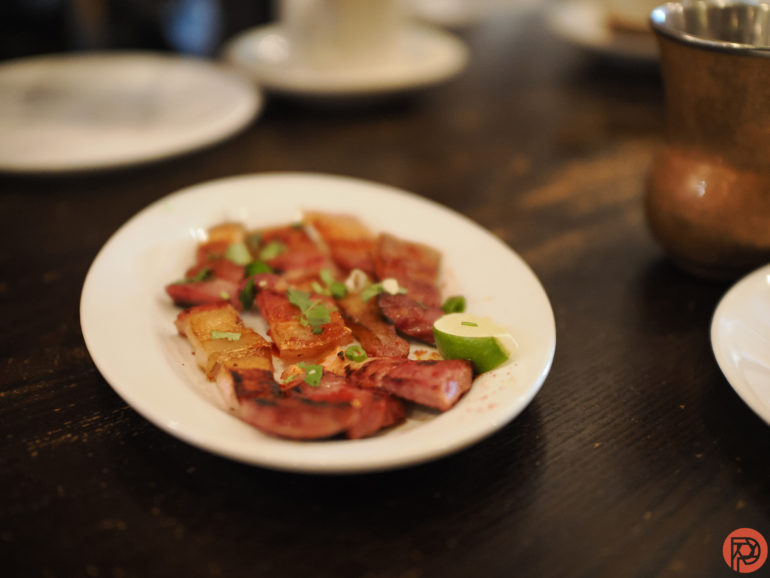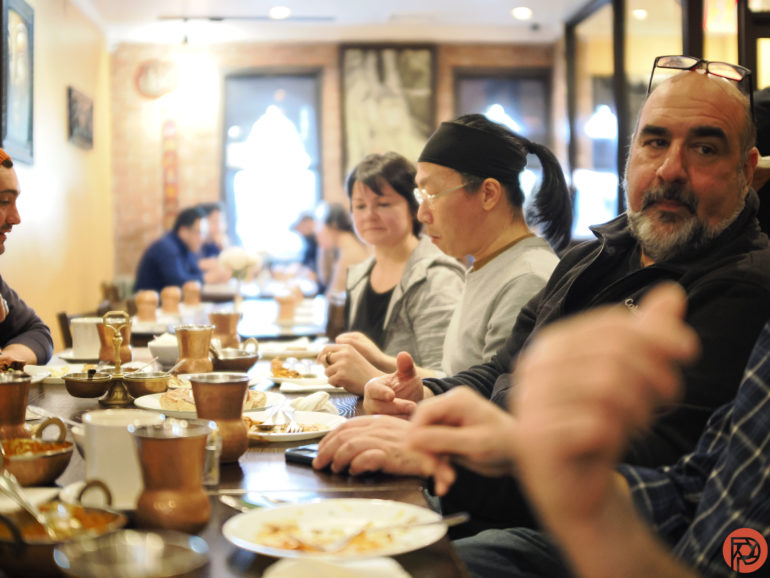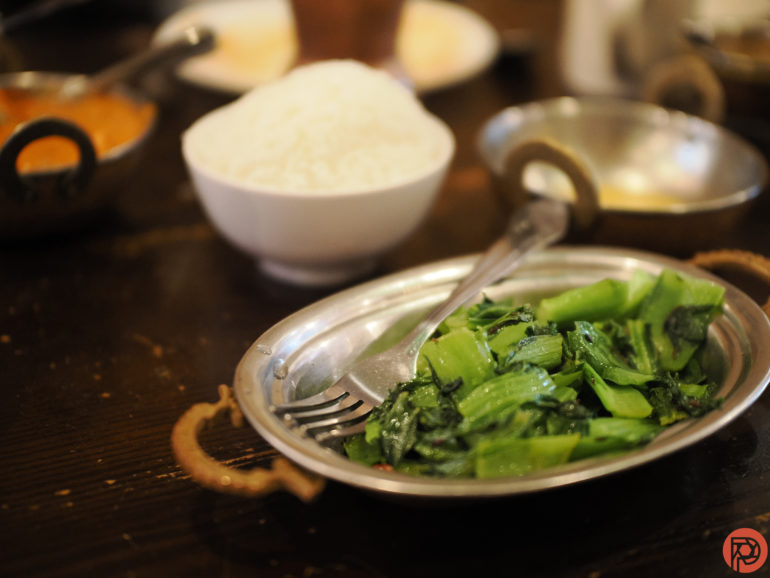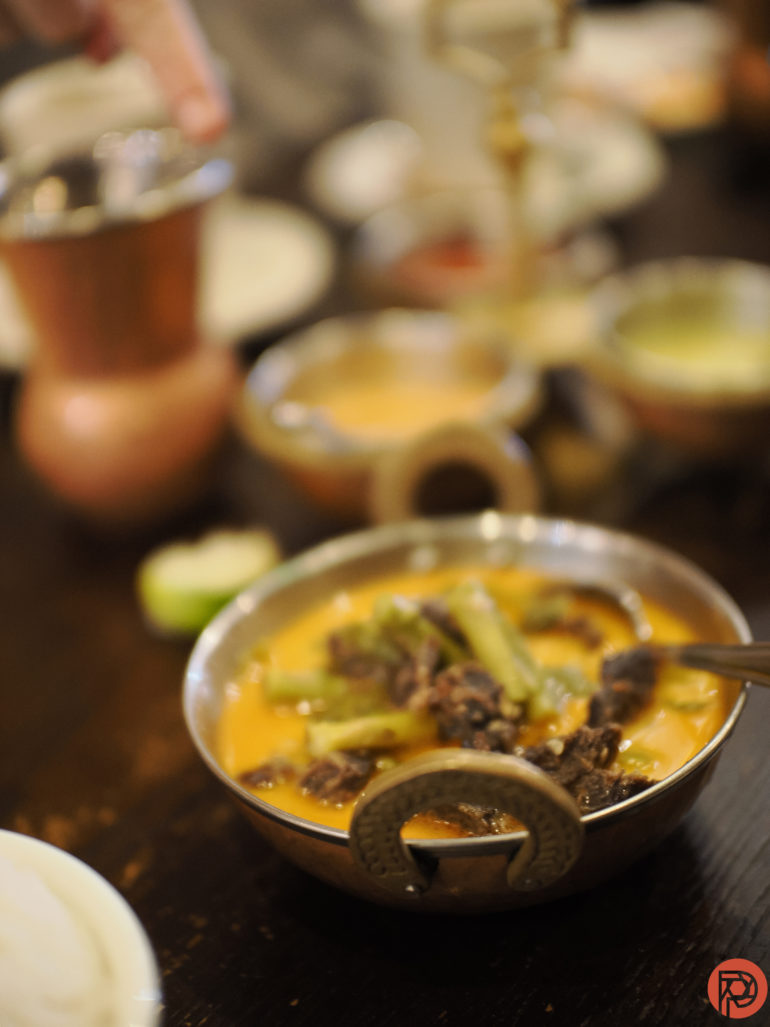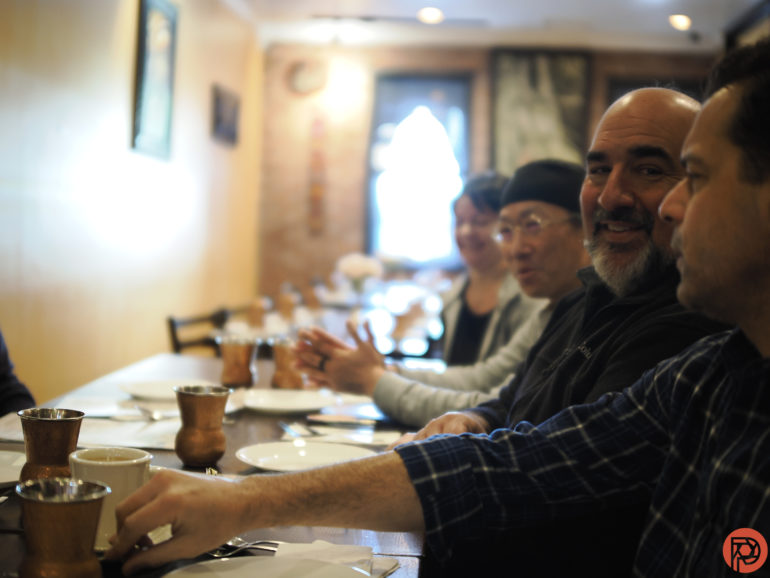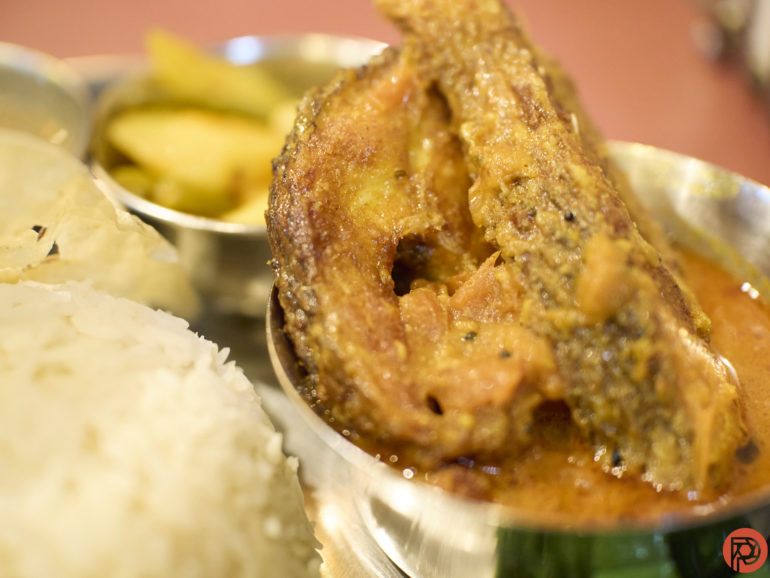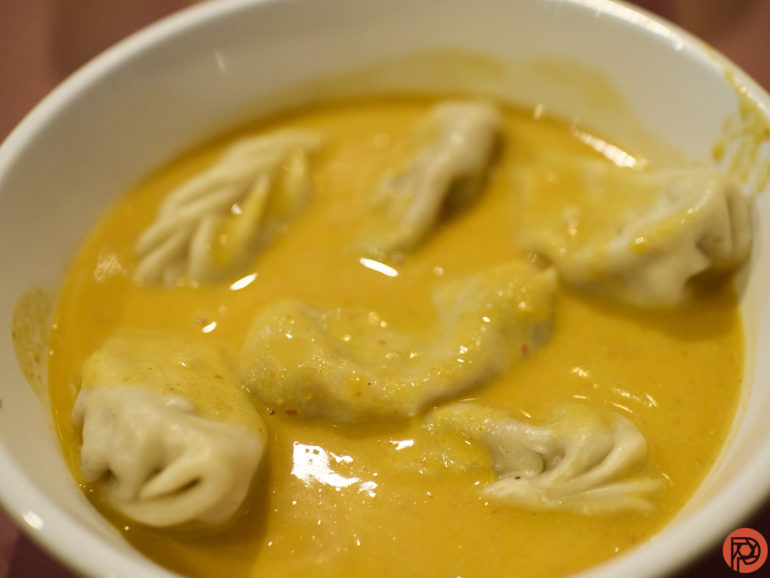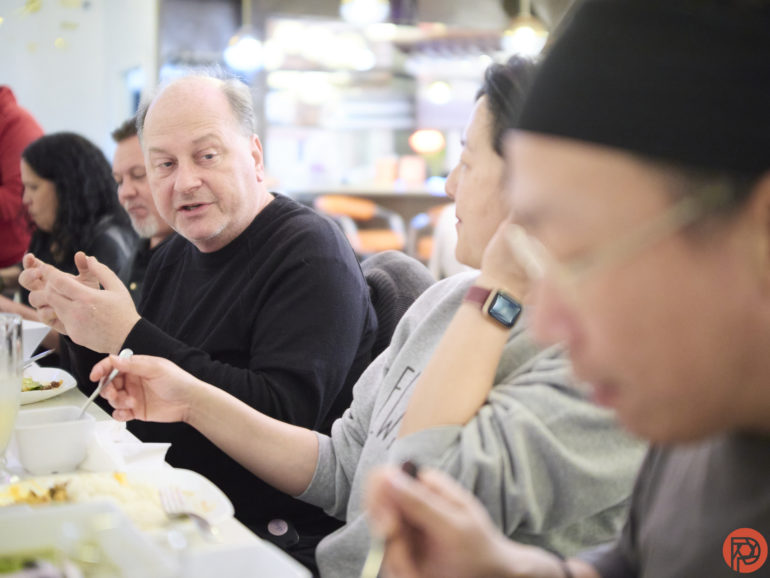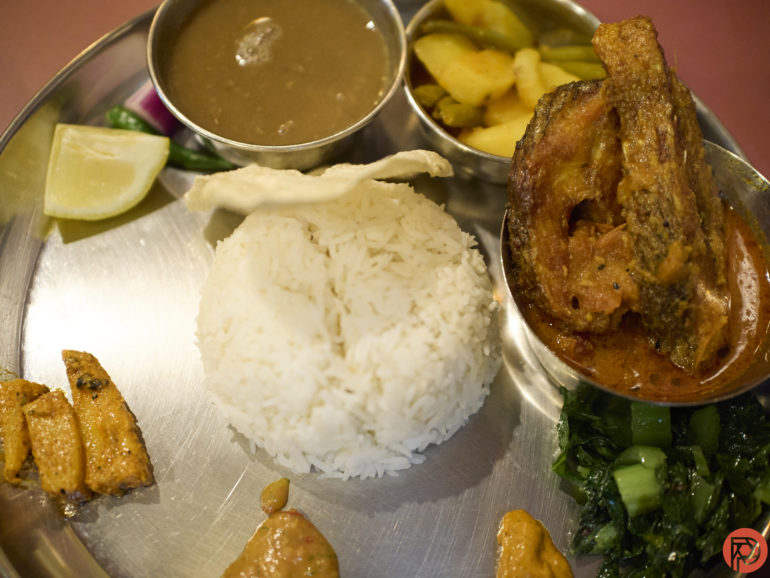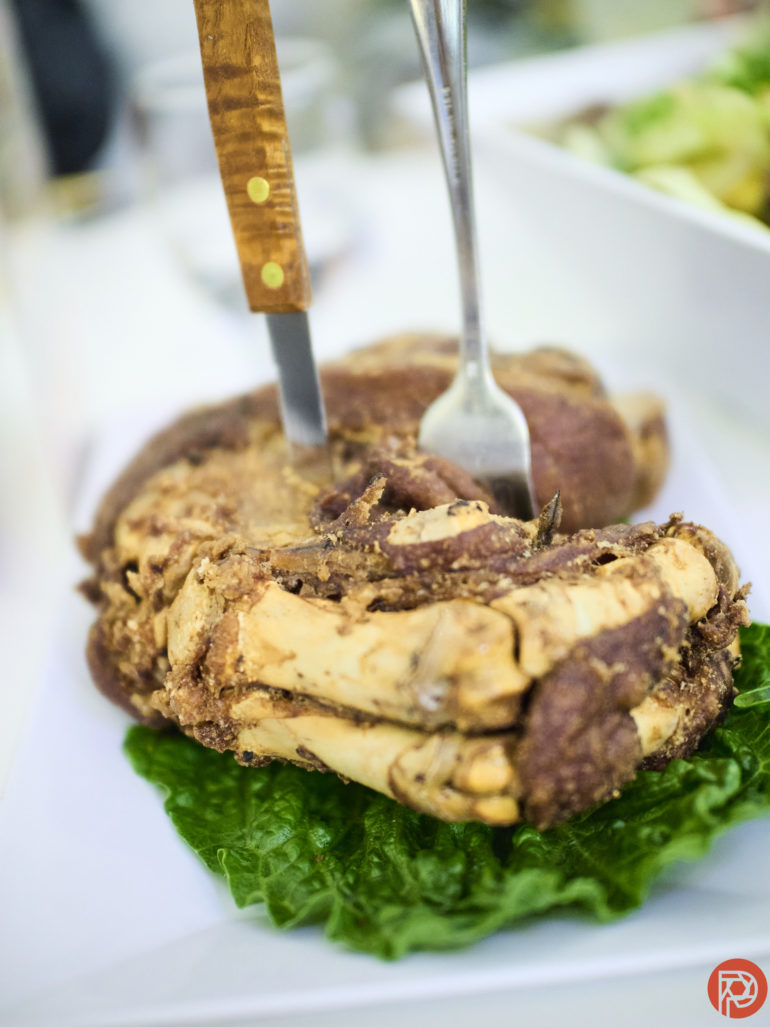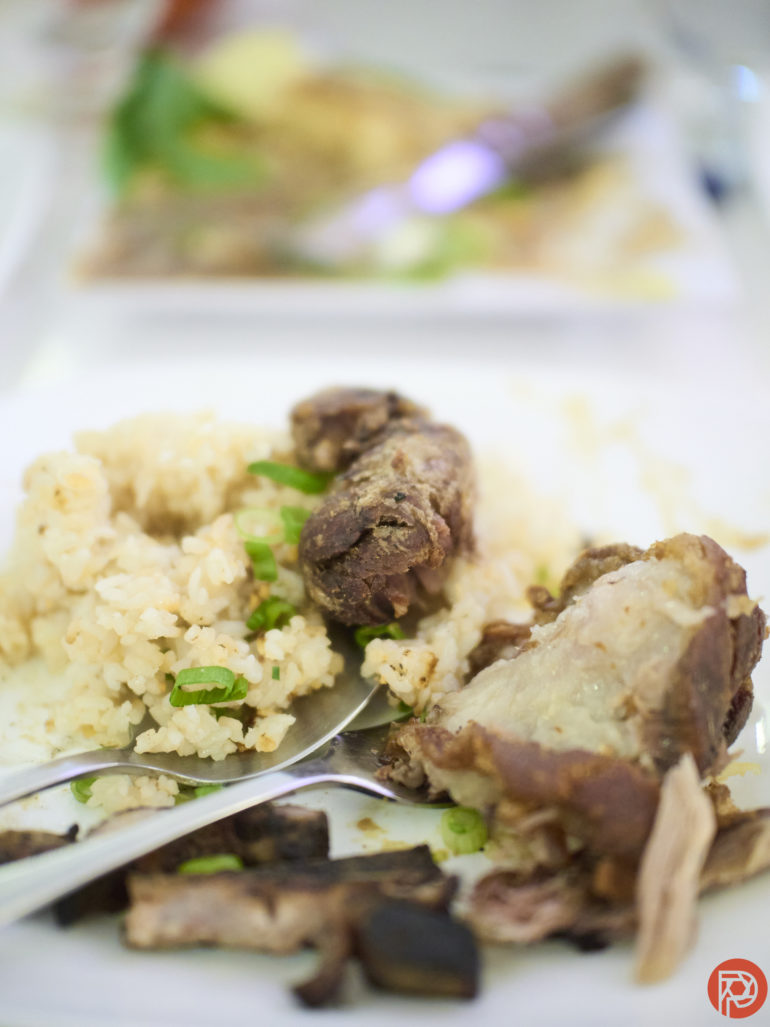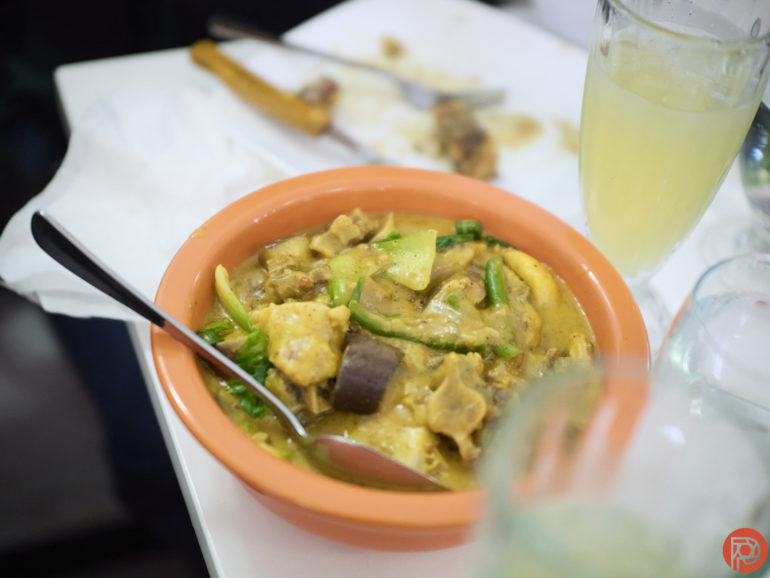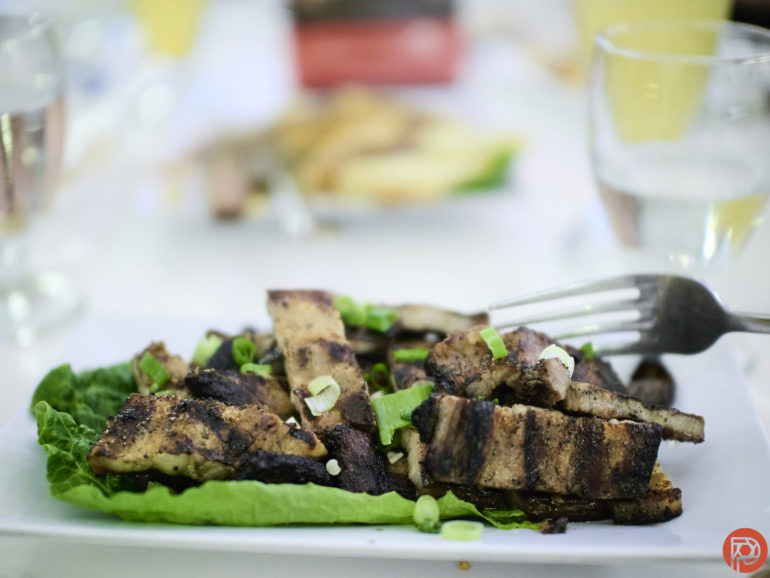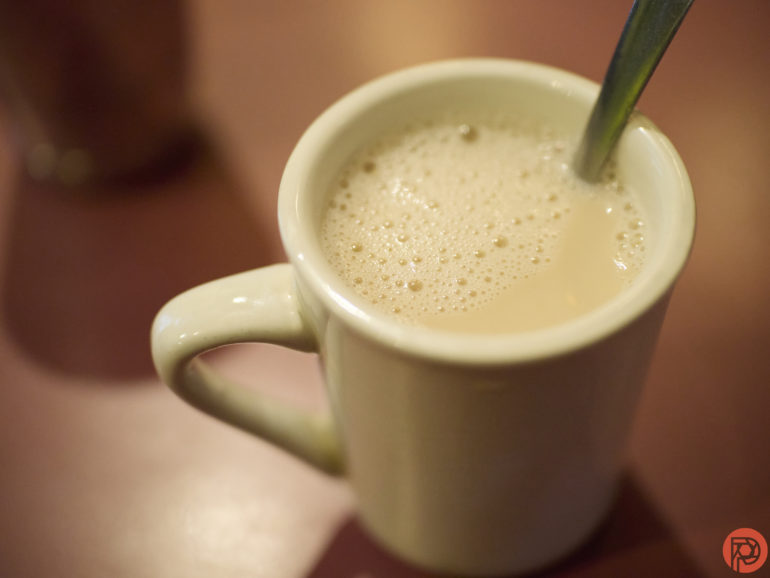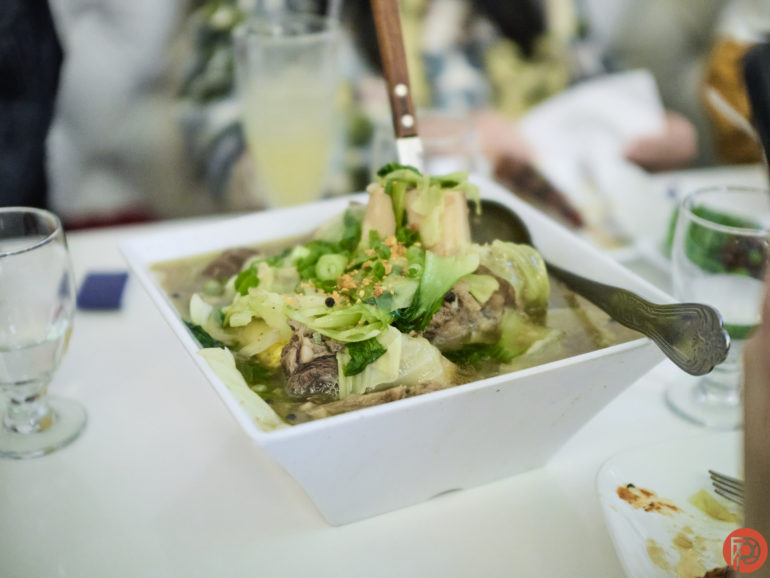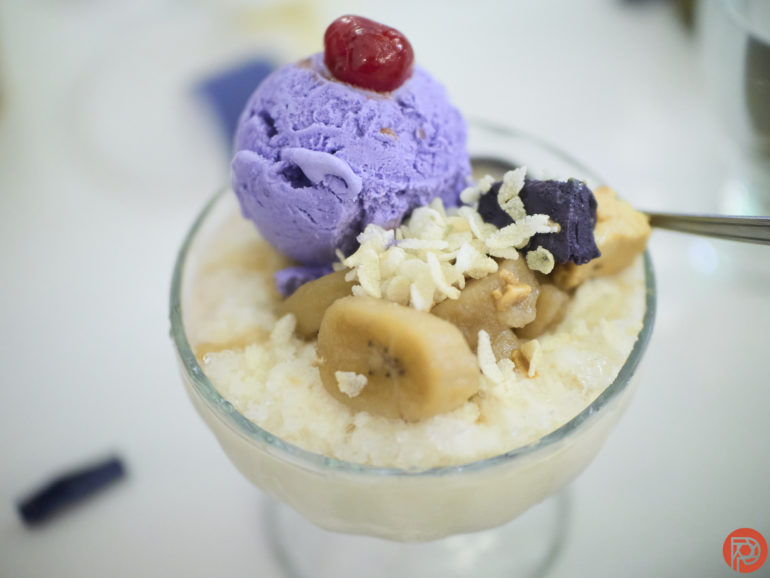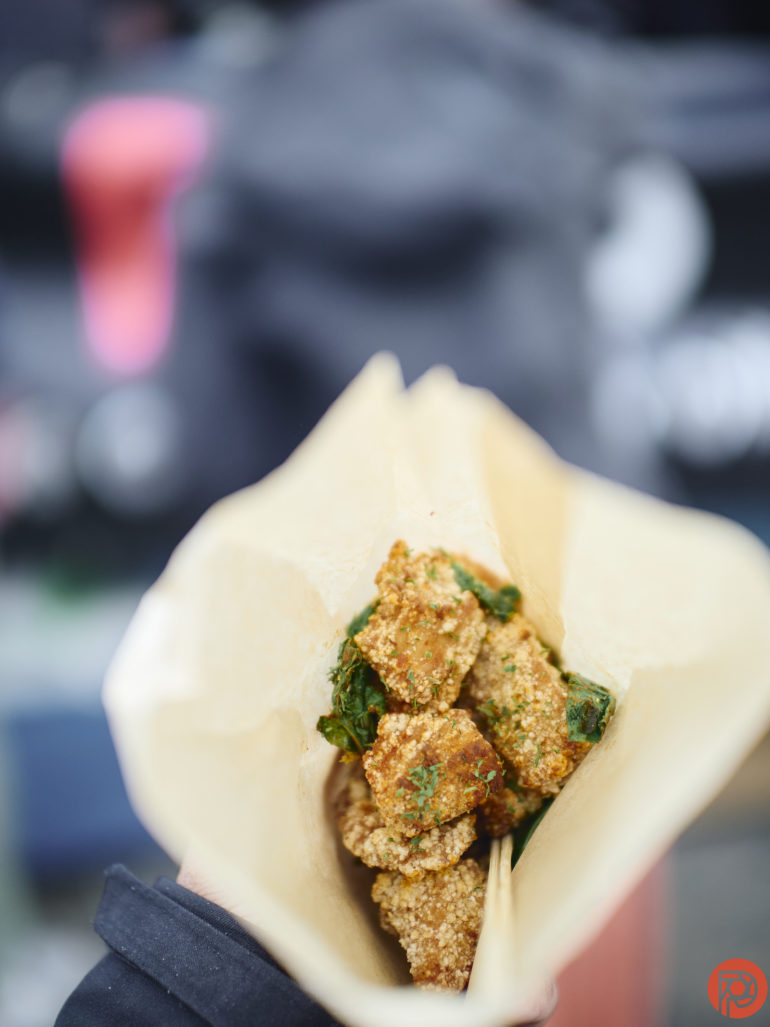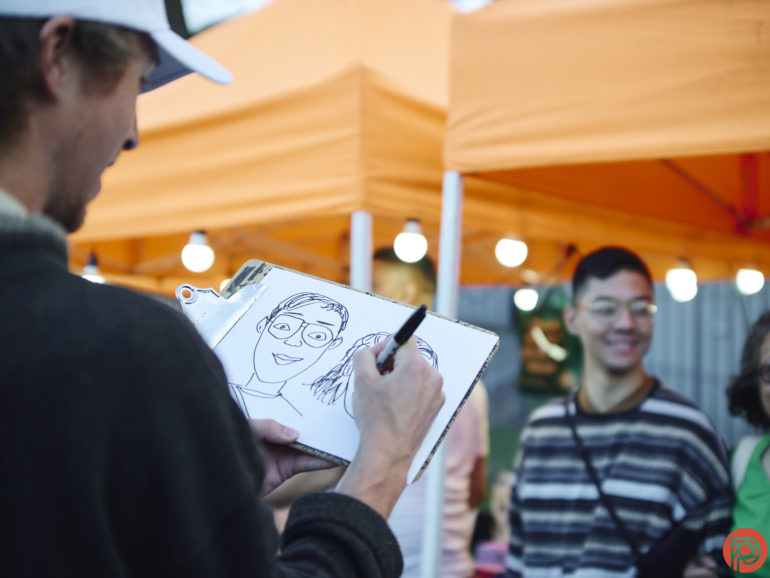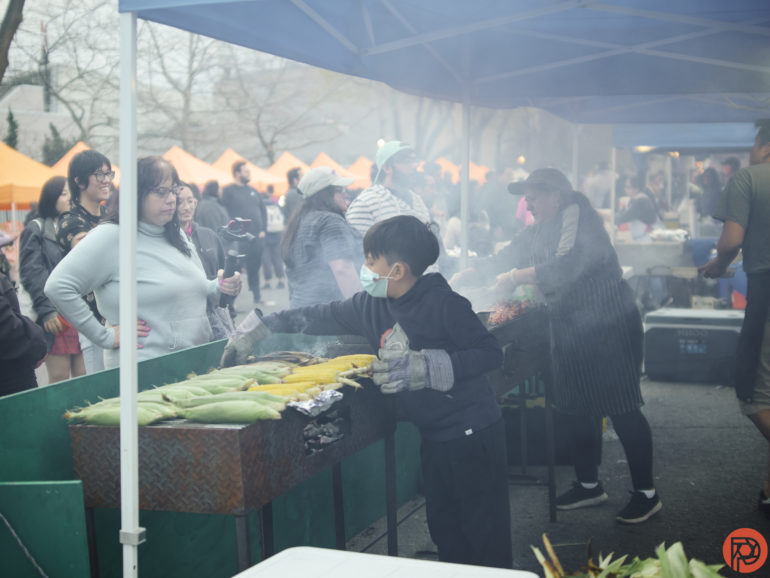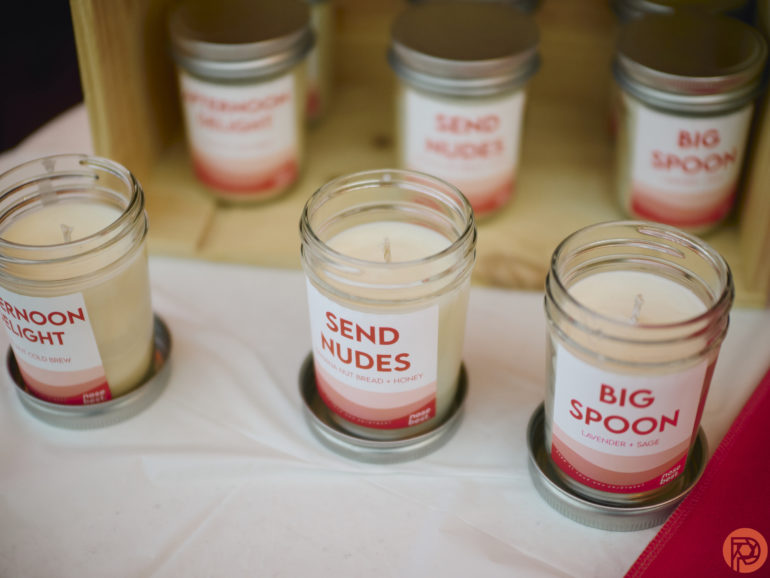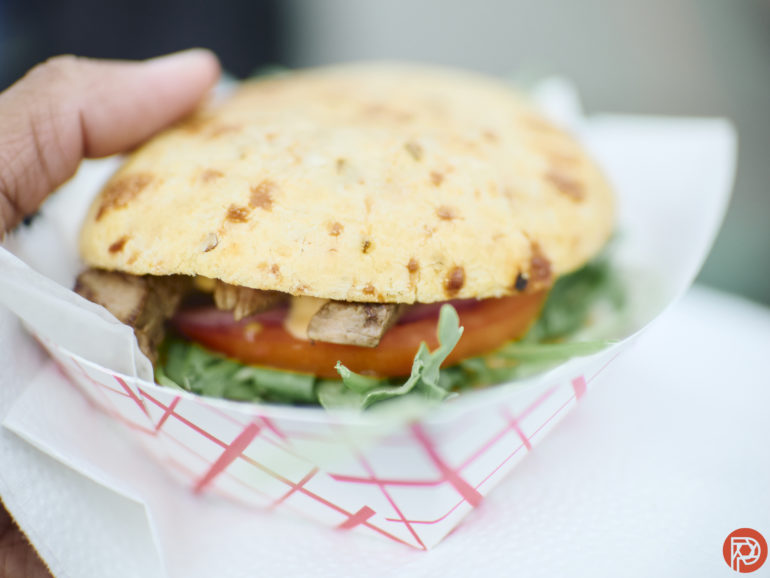I truly believe that the Micro Four Thirds format is host to some of the most fascinating lenses out there. It’s also the oldest mirrorless camera system besides the Leica M. Lots of third party lenses, like the Laowa 25mm f0.95, help give it desirable flavor. Compared to Voigtlander’s competitor, more photographers might want to reach for the Laowa optic instead. Besides the beautiful lens character and affordable price, photographers will adore the Apochromatic lens element and all it does.
If you shoot Leica, then you probably understand what an Apochromatic lens element does. Essentially, it adds more contrast to whatever is in focus. This makes the subject look sharper while making the bokeh look creamier. It’s a fascinating trick that’s similar to deepening the black levels of a photo to make it look sharper. In the end, the Laowa 25mm f0.95 gives a look you’re going to fall in love with.
Table of Contents
The Big Picture
The Laowa 25mm f0.95 lens is beautiful in so many ways. It gives extra pop and contrast to whatever is in focus. It has beautiful, muted colors that every photographer will enjoy if they’re looking for a classic look. It’s also made of metal. But most importantly, there is an f0.95 aperture. Overall, it’s fantastic, but we demand more! A lens like this should have full weather resistance and AF contacts for focus confirmation. Focus confirmation chips are easy to do at this point, and Venus Optics (Laowa’s parent company) could easily add them in.

The Laowa 25mm f0.95 receives four out of five stars. Want one? They’re really not expensive, so you can head over to Amazon or Adorama to pick one up.
Pros
- Very unique image quality. They kept the character in there!
- Beautiful render!
- Super nice colors!
- Metal
- F0.95
- Not too heavy
- Smooth focusing
Cons
- No weather sealing
- I wish it had AF contacts at least for focus confirmation.
Innovations
Compared to the Voigtlander 25mm f0.95, the Laowa brings with it a few innovations that we’ve talked about previously. Laowa has nine aperture blades and a smooth aperture ring. This is better for video creators. But what’s even more important is the apochromatic lens element. These lens elements are incredibly important for photographers because of what they do. They add a lot more contrast to whatever is in focus, so you get a 3D look and render to the subject. More than anything, it will make the Laowa lens seem a lot sharper.
Gear Used
We used the Laowa 25mm f0.95 lens on the OM System OM1 and the Olympus OMD EM1 Mk III.
Ergonomics
The Laowa 25mm f0.95 looks a whole lot like many of their lenses lenses that they’ve released over the years. It’s all black and metal on the outside. But more than that, there are colors where it’s really important. It’s got a nice blue ring up top, the Laowa logo, and also colors along the entire depth of field scale.
Here’s a look at the front filter area. It’s a 62mm filter thread area. So overall, this lens isn’t all that large.
Here you can see how the lens is laid out. Towards the front is the giant focusing ring. Behind that is the depth of field scale with the aperture ring behind it. In the hand, it makes it all easy to use because the controls are all at your fingertips.
Build Quality
The Laowa 25mm f0.95 has a metal exterior. This is similar to what Voigtlander has been doing with lenses for many years. For the record, I own the Voigtlander 17.5mm lens, and I can say with certainty that what Voigtlander does with lenses feels substantial. That’s not to say that the Laowa 25mm f0.95 is cheaply built. The Laowa lens is slightly larger and heavier. However, just like Voigtlander’s lens, it lacks weather resistance.
In the hand, it feels very nice. Something about the way that manual focus lenses pair with Micro Four Thirds camera bodies is always exceptional. This is not at all any different.
Ease of Use
Let’s be honest here, a lot of photographers will sit there any complain about the fact that it’s a manual focus and manual aperture lens. With that in mind, the Laowa 25mm f0.95 isn’t a lens for someone that has to think a bit more. Unfortunately, that’s most photographers these days. If you’re not a fan of depth of field scales, using focus peaking, or unclicked aperture rings, then move on.
There’s only one point of those complaints that I’d agree with: unclicked aperture rings. Photographers for years have always relied on clicked aperture rings to figure out how to set their lenses quickly. I really wish that Laowa gave us the option to do one or the other.
Focusing
All the focusing is done manually. Photographers can choose to zone focus with the Laowa 25mm f0.95, but more often than not I’m pretty sure they’re going to manually focus each time. That’s what I did most of the time when shooting with this lens. You buy a lens like this because you want to shoot with it wide open. And zone focusing isn’t going to cut it when shooting wide open.
Image Quality
The Laowa 25mm f0.95 is something quite special. The colors are a but more muted than first-party Micro Four Thirds lenses. And because there is an apochromatic element in the mix, I think that photographers will really see the subject pop a lot more. Through and through, this lens will give you create images. But in most situations, you’ll probably also want to do post-production.
Bokeh
Look at this beautiful bokeh! I mean, come on! Tons of photographers sit there and say that nice bokeh isn’t possible on Micro Four Thirds, but it indeed is. Those 9 aperture blades are working hard to give you creamy out of focus areas. Combine that with the apochromatic element and you’ll see that the in-focus areas are going to pop out a whole lot more.
Color Rendition
The Laowa 25mm f0.95 gives you colors that are a bit more muted. I’ve seen very vivid photos from the OM System OM1. But this tones it down a lot. Like the look of film? You might like this.
Lens Character
Perhaps one of my favorite things about the Laowa 25mm f0.95 is that you can get beautiful lens flare from it. In fact, I remember walking down Roosevelt Ave shooting this photo and being in awe at the flare. I don’t know why people try to engineer it out of images. The cinema world has worked so hard to put it in there.
Sharpness
The sharpness from the Laowa 25mm f0.95 is also really good. But at the same time, it won’t mean that you’re spending a lot of extra minutes retouching skin. Think about film-sharpness vs digital-sharpness. You’ll realize that they’re two different things, and the Laowa 25mm f0.95 gives you a look that’s more of the former.
Extra Image Samples
From day one, The Phoblographer has been huge on transparency with our audience. Nothing from this review is sponsored. Further, lots of folks will post reviews and show lots of editing in the photos. The problem then becomes that anyone and everyone can do the same thing. They’re not showing what the lens can do. So we have a section in our Extra Image Samples area to show edited and unedited photos. From this, you can make a decision for yourself.
Unedited
Edited
Who Should Buy It?
The Laowa 25mm f0.95 lens is first off, incredibly affordable. But who should buy it? I think that anyone that likes manual focus lenses on Micro Four Thirds bodies are the obvious candidates. What’s more, photographers that really like metal lenses and character lenses are going to love it. But keep in mind that it isn’t weather-resistant. So be careful.
Tech Specs
| Name | LAOWA MFT Argus 25mm f/0.95 APO |
|---|---|
| Format | MFT |
| Focal Length | 25mm |
| Maximum Aperture | F/0.95 |
| Angle of View | 46.7° |
| Lens Structure | 14 elements/ 8 groups ( Aspherical Lens*1, ED glass*1, UHR glass*3 ) |
| Aperture Blades | 9 |
| Min. Focusing Distance | 25cm |
| Max. Magnification | 0.17X |
| Focusing Method | Manual Focus |
| Filter Thread | Φ62mm |
| Dimensions | About φ71mm*86mm |
| Weight | About 570g (without lens hood and caps) |
| Mounts | MFT |


